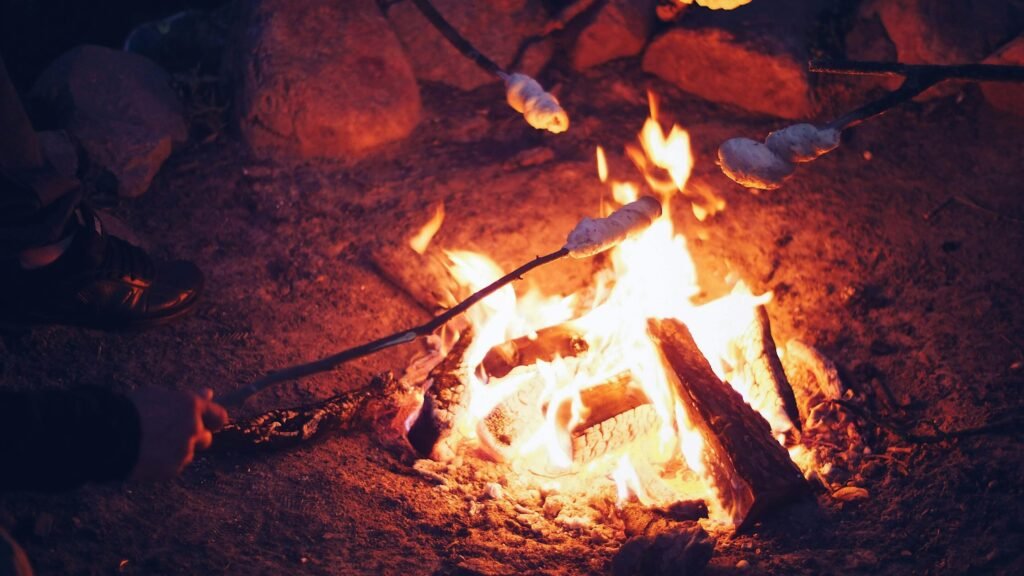Sitting around a campfire can be a beloved part of time with family and friends. But for families with young children, it’s important to be aware of the risk of burns and know how to prevent and respond to such injuries.
“It’s almost a part of a life ritual,” says Denise Klinkner, M.D., pediatric trauma center director and pediatric surgeon at Mayo Clinic in Minnesota, of social gatherings around a fire. “But approach it diligently to maintain a safe and fun environment.”
Dr. Klinkner urges adults and caregivers to remain vigilant and aware, especially regarding the status of the fire and the location of any children.
Children, particularly toddlers and preschoolers, are naturally curious and still developing coordination. That makes them more likely to trip or move too close to the fire. Because of this, most campfire burns in children happen to the hands and are usually second-degree or even third-degree burns.
Here are some common dangers to watch out for:
- Hot tools and sticks: Roasting sticks and metal forks can cause burns or even eye injuries if a child grabs or walks into them.
- Grease from food: Dripping grease can flare up flames and cause more severe burns.
- Accelerants like lighter fluid: These can cause explosions when they catch fire or make burns worse if they come into contact with skin. Caregivers should also ensure these items are sealed to avoid accidental consumption by a young child.
- Propane fire pits: While convenient, they can explode if not handled properly.
You don’t have to give up campfires to stay safe. Dr. Klinkner has these tips:
- Keep a safe distance: Set a clear boundary around the fire that kids know not to cross.
- Supervise closely: Always have an adult watching the fire and the children.
- Avoid accelerants: Never use gasoline or lighter fluid to start or boost a fire.
- Teach fire safety: Show children how to safely enjoy the fire, and for older kids demonstrate what to do in an emergency. Have water or blankets available to stop fires.
- Extinguish completely: Make sure a fire is fully out before leaving or going to bed.
Dr. Klinkner encourages you to remember the “stop, drop, and roll” fire safety technique to put out the flames if a child’s clothing or skin catches fire.
If a child experiences minor burns or blisters, Dr. Klinkner suggests these steps:
- Apply a cool, wet cloth to help cool the burn until the pain eases. Do not use cold water as children’s body temperatures can drop quickly.
- Apply a clean, dry dressing or bandage loosely around the burn. This blocks airflow over the burn, often a significant source of pain.
Seek medical help immediately, especially for larger, deeper, or more severe burns.
Citation:
Fire safety tips: Prevent burns around campfires (2025, July 22) retrieved 22 July 2025 from https://medicalxpress.com/news/2025-07-safety-campfires.html
This document is subject to copyright. Apart from any fair dealing for the purpose of private study or research, no part may be reproduced without the written permission. The content is provided for information purposes only.


